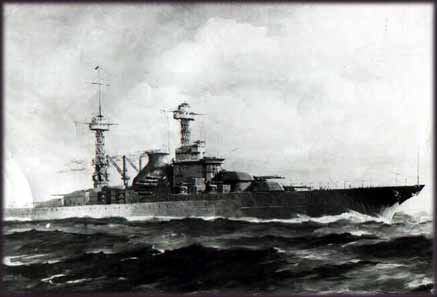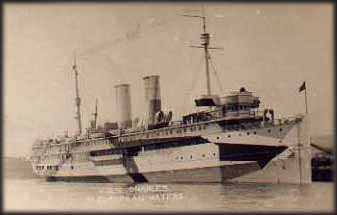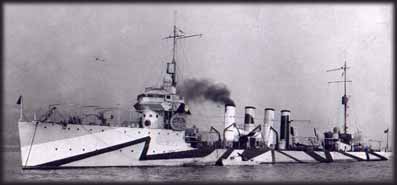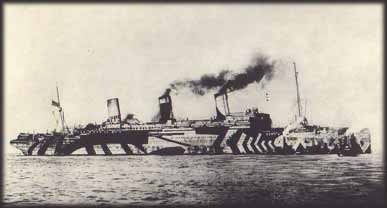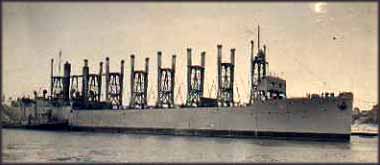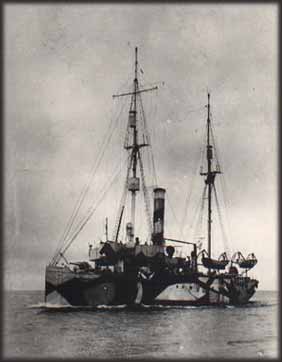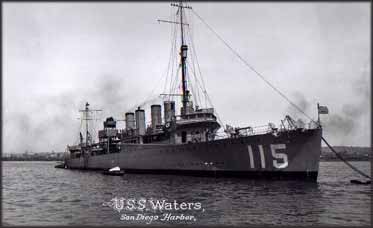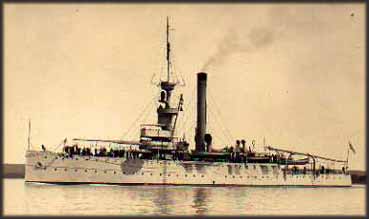The New Navy 1883-1922, the third volume of the definitive U.S. Navy Warship Series, chronicles the mighty vessels that marked the arrival of the modern day Navy. This period of unprecedented technological growth and national expansion saw radical innovations in naval warfare with the first appearance of the submarine, destroyer, and aircraft carrier. These drastic improvements in their naval warships helped establish the U.S. as a formidable force in international relations as it exercised its naval might in the Spanish-American War, the annexation of Hawaii, and World War I. Featuring all the ships to characterize this crucial era, including the Maine and those that part in the triumphant voyage of the “Great White Fleet.” The New Navy stands as a resource of incomparable value.
This book provides basic information about the ships which served in the US Navy during and before World War I, including the Spanish-American War. At the end of the war, the United States Navy had become the second most powerful naval force in the world behind the British Royal Navy. Faced with the rising naval power of Japan, the United States was building and had projected even larger and more powerful ships. This naval race ended with the signing of the Washington Naval Treaty of 1922. When contrasted with the small collection of obsolete ships of which the Navy consisted in 1883, it can be seen that a truly remarkable renaissance had taken place. This book gives details and information of all the ships of the United States Navy of this period, as well as of the Coast Guard, Lighthouse Service and other government departments.
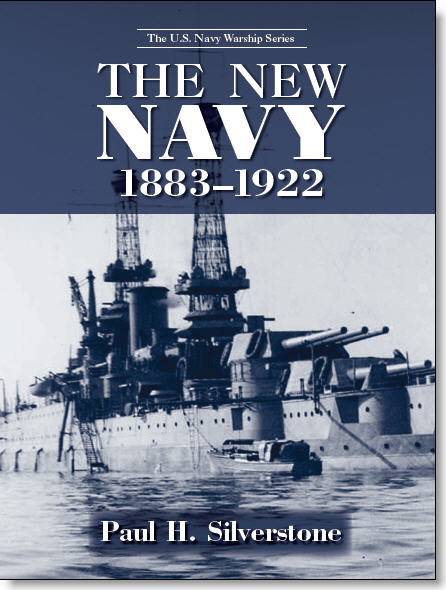
 Called the New Navy, the ships built in next years fought in the Spanish-American War in 1898, demolishing the poorly organized Spanish Navy. Under Theodore Roosevelt, the Navy grew and in 1908 the battleships of the “Great White Fleet” sailed around the world, showing off the new American power.
Called the New Navy, the ships built in next years fought in the Spanish-American War in 1898, demolishing the poorly organized Spanish Navy. Under Theodore Roosevelt, the Navy grew and in 1908 the battleships of the “Great White Fleet” sailed around the world, showing off the new American power.